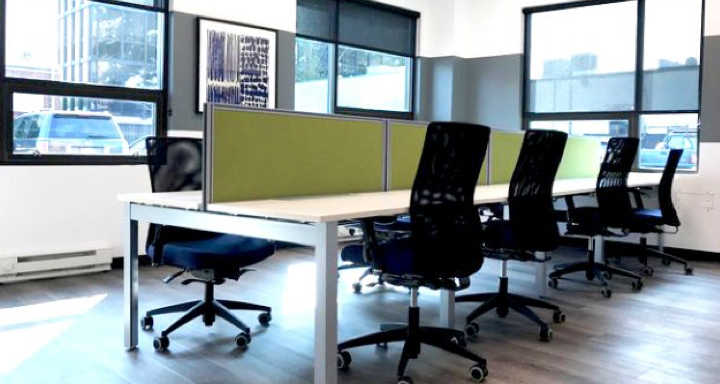Malls in India to boost the realty sector
 The sluggish pace of the Indian realty sector has somehow not tied up the growth of new shopping malls throughout the nation. With a total strength of 570 operational malls, covering a space of 180 million sq ft in the country, Indian realty sector has gone through a significant metamorphosis.
The sluggish pace of the Indian realty sector has somehow not tied up the growth of new shopping malls throughout the nation. With a total strength of 570 operational malls, covering a space of 180 million sq ft in the country, Indian realty sector has gone through a significant metamorphosis.
Over 190 malls are present in seven metros which are fully operational. In addition to this growth spree, more than 60 malls were opened across India last year, which also throws light on the fact that the average area of the prime 15 malls in the country have climbed the ladder to 40%, since 2008. In the last three years, the average area has changed from 6.17 lakh sq ft to 8.66 lakh sq ft.
Concept of malls
Going by the concept-the bigger the better, prestigious developers of the nation ( Rahejas, Prestige and Phoenix) are now in the saddle and have been laying the foundation to build larger malls, which have a better possibility to succeed in a marketplace. According to experts, consumers prefer to go for big malls which offers all the major brands under one roof instead of visiting multiple malls, which was the trend few years ago.
With the opening of the door for FDI policy, the advent of International developers in the country will expect settling on larger spaces, consequently triggering the revenue level.
Occupying of the larger spaces by the tenant would not only put the retailers in the benefit zone but will also offer a leg-up to the consumers, who are likely to be encouraged by the cut down of price by 10-15% in the big format stores. Ergo, the revenue earned from the malls would definitely meet the expectations. In support of the above phenomenon, survey report confirms that the average footfall in Phoenix Market city, one of the biggest malls in the country is 65789.
Real estate impact
Growth of malls acts as an inherent strength of a city. Surge in the number of malls has triggered the wave of retail real estate revolution in the nation. Increasing globalization and cross cultural migration within the nation add to the number of reasons for growth in residential catchments in a city and malls serve as an icing on the cake.
In addition to other infrastructure developments, growth of malls also serve as the key driver for the rise in residential units in a region. With the organized retail coming into foray, the retail landscape of a region undergoes tremendous transformation. Property rates in the nearby areas hit the roof with the establishment of malls in a locality.
Penetration of domestic and foreign retailers and mall developers have acted as a boon for the realty market of the nation. To add to it, government’s nod to foreign direct investments in multi-brand retail has acted as one of the key factors for the increase in real estate activities in the country.







